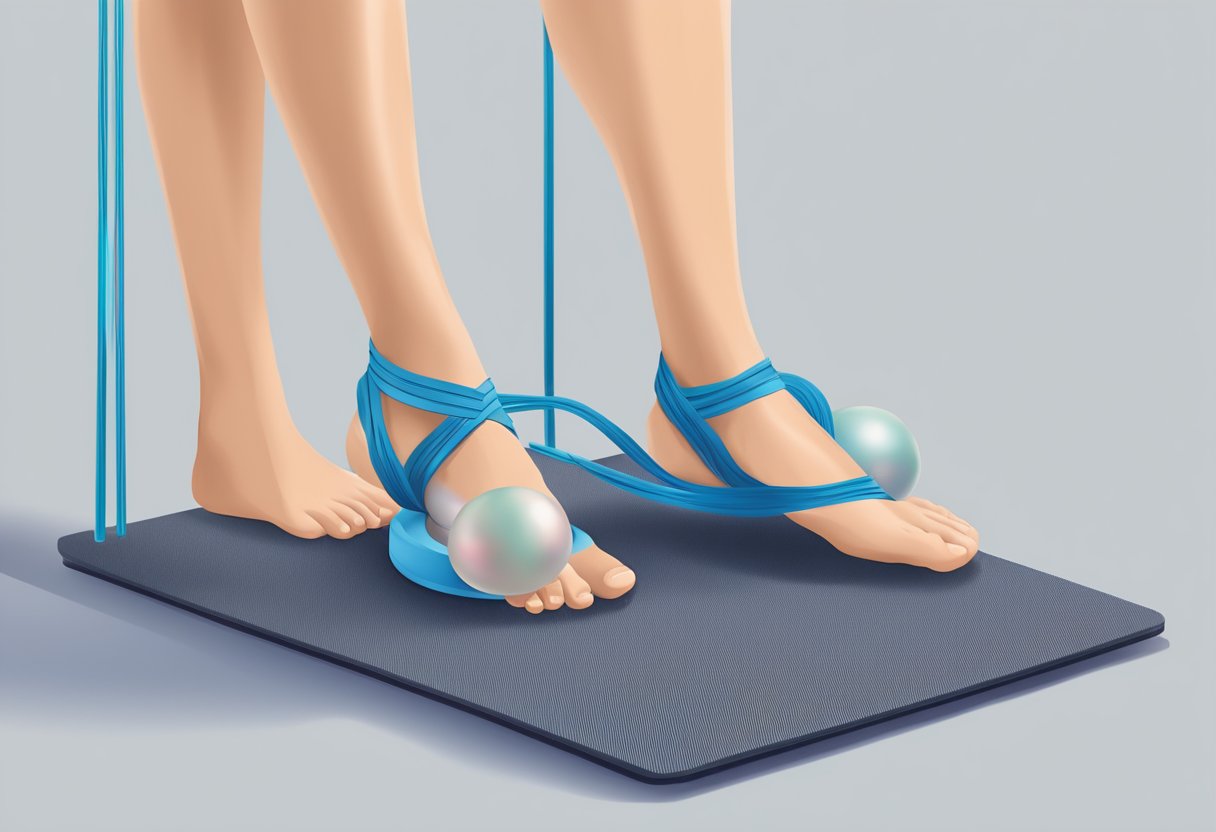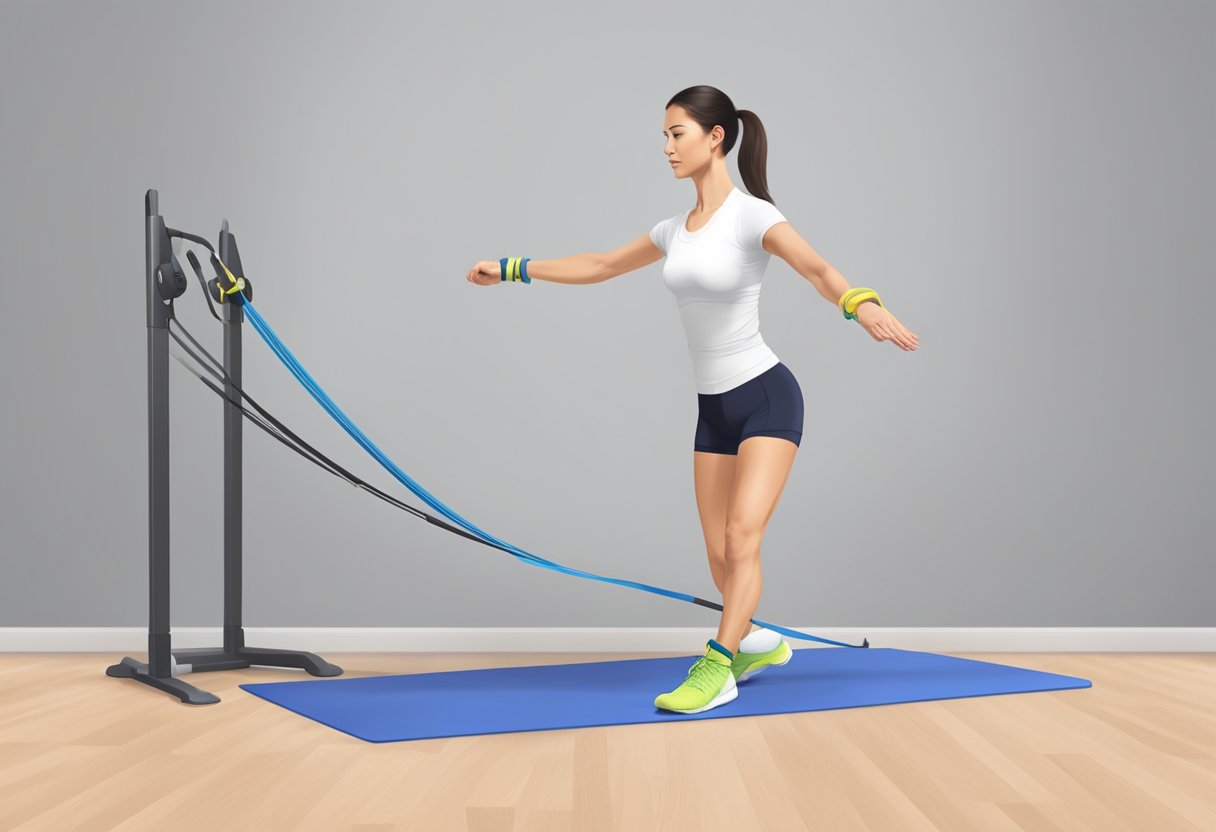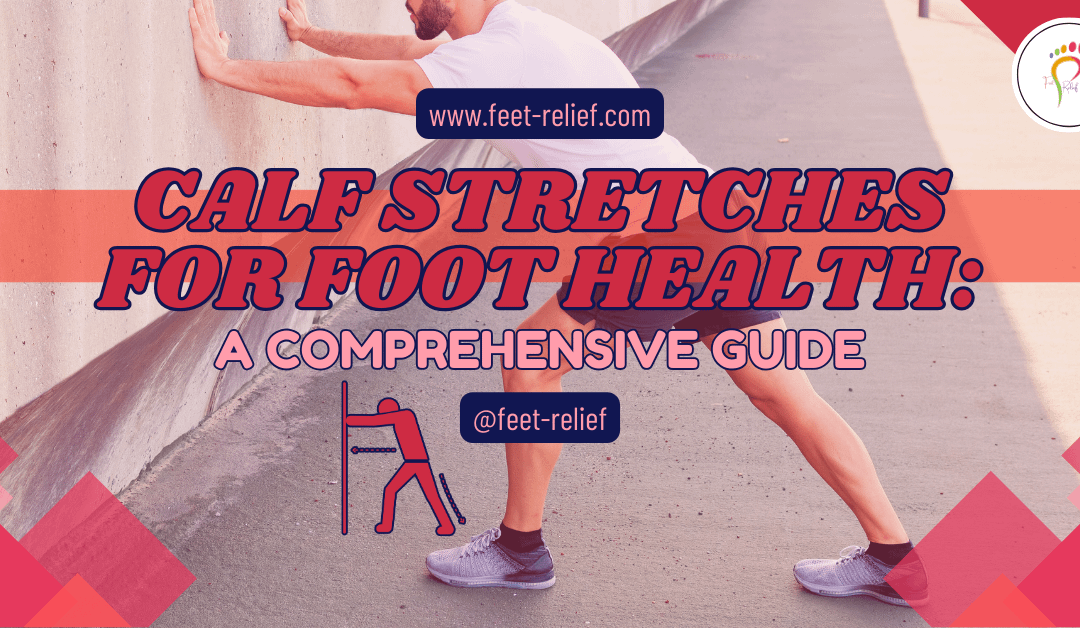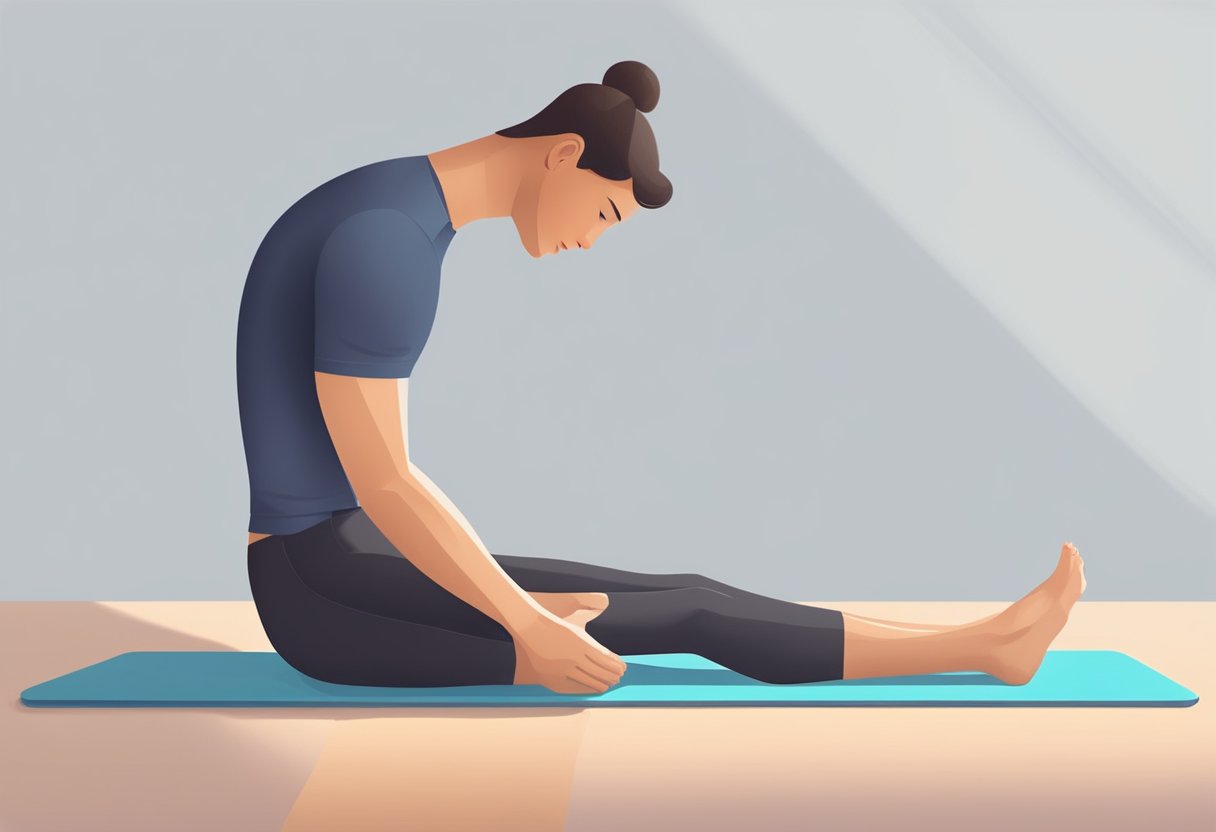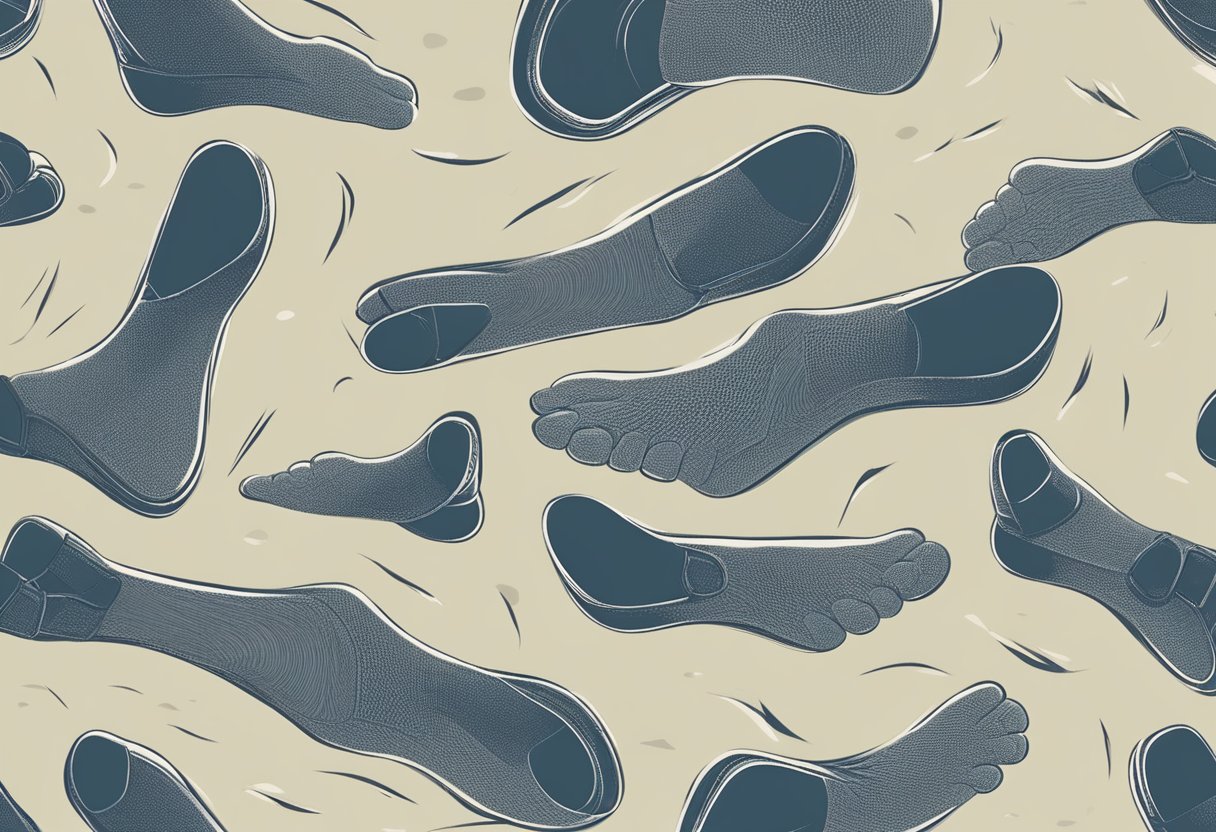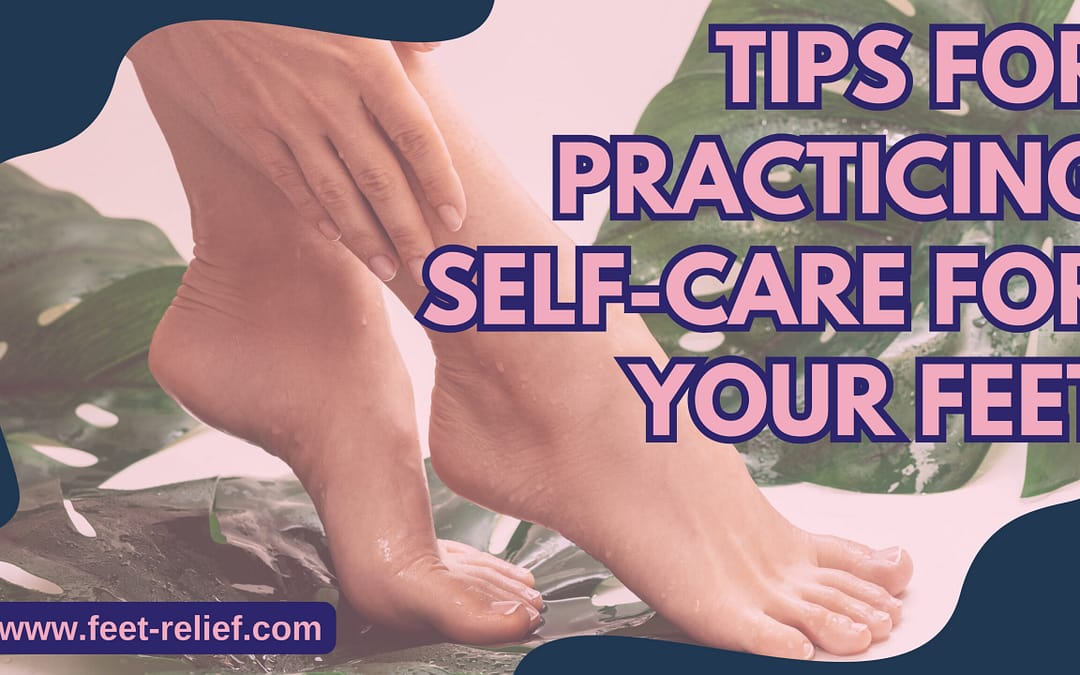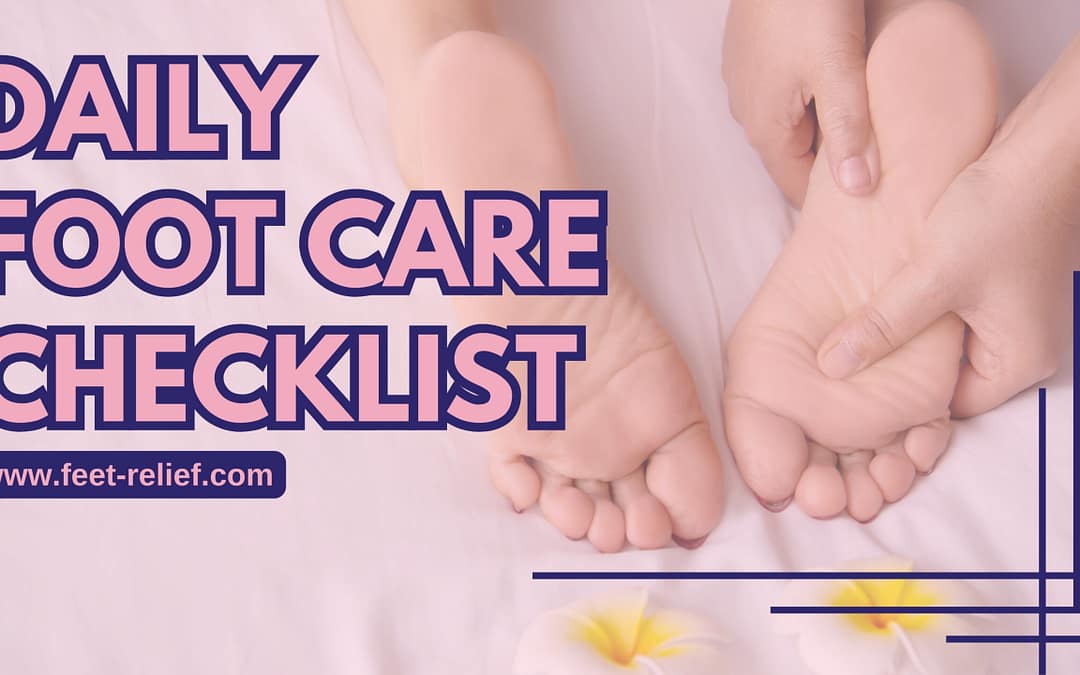Strengthening Exercises for the Arch of the Foot
The arch of the foot plays a crucial role in your overall foot health, affecting balance, gait, and posture. Strengthening the arch can lead to improved foot function and prevent injuries. Whether you’re an athlete looking to enhance performance or someone facing foot pain due to fallen arches or flat feet, exercises targeting the arch can be beneficial. Building arch strength can alleviate discomfort, provide better support for your body, and contribute to a more active lifestyle.

Beginning an exercise regimen for your foot’s arch should be approached with an understanding of your current foot health. Knowing the anatomy of your foot and assessing your arch’s strength can greatly influence the effectiveness of your exercise routine. Simple exercises can be done at home with minimal to no equipment, while more advanced techniques and exercises may incorporate tools like resistance bands or stability balls to further challenge the muscles supporting the arch.
Key Takeaways
- Strengthening the foot arch can improve balance and prevent injuries.
- Assessing arch health is crucial before starting exercises.
- Exercise progression from basic to advanced techniques enhances arch strength.
Anatomy of the Foot Arch
Your foot arch is a complex and critical structure that plays a key role in your overall foot health and function. It is made up of bones, ligaments, and muscles that work together to allow your foot to support the weight of your body while providing flexibility and movement.
Bones: There are three main bones that form the arches of your foot:
- Talus: Sits above the heel bone and forms the ankle.
- Calcaneus (heel bone): The largest foot bone that forms the heel.
- Metatarsals: Long bones at the front of your foot.
Ligaments: Think of ligaments as strong bands that hold the bones together and provide stability. Prominent ligaments in the foot arch include:
- Plantar fascia: The long, thin ligament that runs along the bottom of your foot from the heel to the front.
- Long plantar ligament: Supports the arch on the bottom of the foot.
Muscles: Your foot contains intrinsic and extrinsic muscles. The intrinsic muscles are located within the foot and are responsible for fine motor control, while the extrinsic muscles originate in the lower leg and are attached to the foot through tendons. Important muscles and tendons for the arch include:
- Posterior tibial tendon: Supports the arch.
- Anterior tibial tendon: Allows you to lift your foot.
- Peroneal tendons: Stabilize the foot and protect the arch.
Ideal maintenance of this intricate system is crucial for your mobility and comfort. Regular exercises can strengthen these components, helping to prevent or alleviate problems such as fallen arches or plantar fasciitis.
Benefits of Arch Strengthening
Strengthening the arches of your feet is critical to your overall foot health. The benefits are numerous and can lead to improved foot function in several ways:
-
Support and Stability: A stronger arch helps support the body’s weight, enhancing stability and balance. Your arches act as natural shock absorbers, and reinforcing them can lead to improved performance in activities that require agility and coordination.
-
Injury Prevention: By engaging in exercises to strengthen the arch, you’re less likely to experience common foot injuries. This preventative measure is particularly important for athletes or individuals with a history of foot problems.
-
Pain Relief: Many foot-related discomforts, such as plantar fasciitis and heel pain, can be alleviated by strengthening the muscles around the arch. Stronger arches can also help in reducing the strain on the Achilles tendon.
-
Improved Posture: Your feet are the foundation of your body. A stronger arch contributes to better alignment of your legs and spine, promoting better posture overall.
-
Enhanced Foot Mechanics: Strengthening your arch can improve the mechanics of how you walk and run, potentially leading to increased efficiency and reduced fatigue in your lower extremity muscles.
Incorporating arch-strengthening exercises into your daily routine is simple and can provide long-term benefits. For example, the Short Foot Exercise is highly effective, as it targets the small muscles that support the arch, and can be done almost anywhere without the need for special equipment. Remember, just like any other part of your body, the muscles in your feet need exercise to remain strong and perform their best.
Assessment of Arch Strength
Proper assessment of your arch strength is the foundation for a successful foot strengthening routine. Begin by inspecting your foot architecture—notice if you have a well-defined arch, flat feet, or high arches. This visual check provides a preliminary understanding of your foot type.
Visual Inspection:
- Stand barefoot and observe your arch in a mirror.
- Note whether the inner part of the foot is lifted off the ground or if it’s flat against the surface.
Wet Test:
- Wet your feet and step onto a dry surface to imprint your foot shape.
- A complete imprint may indicate low arches, while a missing section in the inner foot suggests higher arches.
Manual Testing:
- Attempt to move the arch muscles by flexing them without curling your toes.
For a quantitative measure, perform the Single-Leg Heel Raise:
- Stand on one foot.
- Rise onto your toes.
- Count the number of heel raises you can do before fatigue sets in.
An indicator of good arch strength is the ability to complete this exercise without pain or cramping and perform multiple repetitions with ease.
Engage in Static Arch Testing:
- Press your foot flat on the ground.
- Try to lift the arch while keeping your toes and heel on the floor.
Each of these assessments targets the ability of your intrinsic foot muscles to support your arches. Remember, consistent practice and gradual progression in exercises are key to improving your foot strength.
Starting with Basic Exercises
Beginning to strengthen the arch of your foot can be as simple as incorporating a few key exercises into your routine. These foundational movements help to build up the smaller intrinsic muscles of the feet, as well as improve overall foot mechanics.
Toe Presses
Toe Presses activate the muscles of the arch. Find a stable surface and stand upright. Progressively press your toes downward into the floor while keeping your heel in contact with the ground. Hold the press for a few seconds, then release. Repeat for 10–15 times for each foot.
Heel Raises
Heel Raises are essential for engaging the entire foot and improving ankle stability. Start with your feet hip-width apart. Gradually lift your heels off the ground, rising onto your toes. Ensure that the pressure is evenly distributed across all toes. Hold this position briefly at the top before lowering back down. Aim for 2 sets of 10 repetitions.
Arch Lifts
Finally, Arch Lifts will target the arch directly for strengthening. While standing, keep your toes flat on the floor and attempt to raise only the arch of your foot, creating a small gap between the floor and your arch. Do not roll to the outer sides of your feet. Hold the lift for a couple of seconds, then relax your arches. Perform 2 sets of 10 lifts for each foot.
Intermediate Strengthening Techniques
After mastering basic exercises for the arch of your foot, it’s time to elevate your routine with intermediate techniques. These strengthening exercises are designed to build upon your foundational strength and enhance the stability of your foot arches.
Towel Curls
To further develop the muscles in your feet, towel curls are an excellent intermediate exercise. Place a towel flat on the floor and sit on a chair with your feet on the edge of the towel. Using just your toes, scrunch the towel towards you, hold for a few seconds, and then release. This action mimics the natural gripping motion your feet employ when walking.
- Frequency: Aim to perform 3 sets of 15 curls with each foot.
Toe Splay
Toe splay exercises work on the muscles that control toe movement. Sit comfortably and rest your feet flat on the ground. Without straining, spread your toes apart as much as possible, hold the position for a moment, and then relax your toes back to the starting position.
- Repetitions: Complete 10-15 repetitions per set.
- Sets: Do 2-3 sets per session.
Through these exercises, your feet will gain better mobility and strength, which is crucial for supporting your arches.
Advanced Exercise Progressions
After establishing a foundation of foot strength, you can challenge your foot arches with advanced exercises that promote balance and power.
Single-Leg Stands
Begin by standing on a stable surface on one foot. Hold this position for one minute, ensuring that your planted foot maintains a strong arch. As your stability improves, progress to balancing on an unstable surface such as a foam pad or a balance disc. This progression will further challenge your intrinsic foot muscles and improve proprioception.
Plyometric Workouts
Incorporate jumping exercises such as box jumps or jump squats, emphasizing the need for soft landings. Start with lower heights and progress gradually. During plyometric workouts, be mindful of maintaining an engaged arch to foster strength development and mitigate the risk of injury.
Incorporating Tools and Equipment
When it comes to strengthening the arches of your feet, incorporating specific tools and equipment can enhance the effectiveness of your exercises. These aids help apply the right amount of resistance and support to progressively improve foot strength.
Resistance Bands
Resistance bands are an excellent tool for adding progressive tension to arch strengthening exercises. By looping a band around your foot, you can perform exercises such as:
- Band Pulls: Attach the band to a stationary object and pull your toes towards you.
- Point and Flex: Point your toes against the band’s resistance, then flex them back.
This direct resistance helps target the muscles in your arch more precisely.
Foot Domes
Foot domes or balance pods provide a curved surface that challenges your foot muscles. You can perform exercises like:
- Dome Presses: Stand on the dome and press your arches up and down.
- Heel Raises: While standing on the dome, lift your heels to strengthen the calf muscles and the arch.
Using foot domes during these exercises helps to improve your proprioception and balance, key components of foot health.
Exercise Routine Structure
When structuring your exercise routine for strengthening the arch of your foot, consistency and progression are vital. You’ll want to begin with a warm-up to prepare your feet for the exercises. This can involve simply walking on your toes and heels for a few minutes or rolling a ball under your feet to stimulate the muscles and tendons.
Your main routine should include a variety of exercises targeting different aspects of your foot strength.
- Short Foot Exercise: Aim to do 3 sets of 10 repetitions on each foot. Gradually increase the hold time as you progress.
- Toe Curls: Start with 3 sets of 5 repetitions and increase as your strength improves.
Between exercises, take a 30-second rest to prevent overworking the muscles.
| Week | Short Foot Exercise | Toe Curls | Rest Time |
|---|---|---|---|
| 1 | 3×10 Reps | 3×5 Reps | 30s |
| 2 | 3×12 Reps | 3×7 Reps | 30s |
| 3 | 3×15 Reps | 3×10 Reps | 30s |
Ensure to incorporate exercises that are geared towards strengthening the intrinsic (deep) muscles in your feet, such as using your toes to pick up objects or marbles.
At the end of your workout, a cooldown is essential to help your muscles recover and prevent injury. Stretching the plantar fascia and calf muscles gently should suffice.
Remember, it’s important to pay attention to your body’s signals. If you experience any pain, stop the exercises, and consult a healthcare professional. With time and dedication, you can progressively increase the intensity and complexity of the exercises to further enhance your arch strength.
Common Mistakes to Avoid
When aiming to strengthen the arches of your feet, being aware of common errors can help you maximize the benefits of your exercises and avoid injury.
-
Not Keeping Proper Alignment: Your feet should be parallel to each other during exercises. Allowing your foot to rotate in or out can lead to improper muscle engagement.
-
Rushing Through the Movements: Slow, controlled movements ensure that the correct muscles are being activated. Rushing can cause you to rely on momentum rather than muscle strength.
-
Ignoring Pain: If you experience pain, stop the exercise. Pushing through foot pain can lead to further injury.
-
Forgetting to Stretch: Always stretch your feet before and after exercises to avoid muscle strains.
-
Overworking Your Feet: Starting with too many repetitions can lead to overuse injuries. Begin with a few reps and increase as you get stronger.
-
Neglecting Other Foot Areas: The arch is connected to other parts of the foot. Include exercises that work the toes, heel, and ankle.
-
Wearing Inappropriate Shoes: Wear supportive shoes that do not constrict your feet. Barefoot training can also be beneficial.
Remember to maintain good form and listen to your body throughout your foot strengthening routine. Improper technique can lead to ineffective training or injury. For detailed guidance, consider expertise on arch lifts in Pilates which can aid in strengthening your foot’s arch effectively and safely.
Safeguarding Against Injury
When embarking on exercises to strengthen the arch of your foot, it’s crucial to protect yourself from injury. Your arch is fundamental to your foot’s structural integrity and plays a key role in movement. Here are steps to ensure you stay safe:
Start Slowly:
- Begin with basic exercises and gradually increase intensity.
- Recognize your limits and avoid overexertion.
Proper Footwear:
- Wear supportive shoes that are appropriate for your foot type and the exercise you’re doing.
Warm-Up:
- Always warm up before starting your routine.
- Simple toe curls and foot doming can prepare your muscles for more demanding workouts.
Technique Matters:
- Focus on correct form to avoid strain.
- Take time to learn the exercises, it’s better to perform fewer repetitions correctly than more with poor form.
Listen to Your Body:
- Pain is a warning sign; stop if you feel discomfort beyond normal muscle fatigue.
- Give yourself regular rest days to allow for recovery.
Including exercises like marble pickups and arch lifts could aid in strengthening the intrinsic foot muscles and potentially prevent common overuse injuries such as plantar fasciitis. Remember, these exercises must be done with precision to build strength effectively and prevent injury.
Monitoring Progress and Adaptations
When embarking on a routine to strengthen the arch of your foot, tracking your progress is key. You’ll want to ensure that you’re making strides in your strength and stability, and adapting your exercises appropriately.
-
Initial Assessment:
Start with an evaluation of your current arch strength. Can you hold an arch lift for several seconds? Can you pick up marbles with your toes? -
Recording Baseline:
Document how long you can perform activities like the arch lift or marble pickup. Write down the number of repetitions you can comfortably achieve.
Weekly Check-ins:
Set a weekly schedule to reassess your capabilities. Are you able to perform more repetitions? Can you hold the exercises for a longer duration?
Adapt Exercises As Needed:
If something feels too easy or too challenging, modify it. Gradually increase the difficulty by:
- Changing the number of repetitions
- Adjusting the duration of each exercise
- Incorporating new exercises, such as those involving a strength ball for your feet
Notice Changes:
Pay attention to how your feet feel during everyday activities. Improvement in arch strength can lead to less discomfort when walking or standing.
| Exercise | Week 1 | Week 2 | Week 4 | Changes Made |
|---|---|---|---|---|
| Arch Lifts | 8 reps | 10 reps | 12 reps | +2 reps each week |
| Marble Pickup | 15 marbles | 18 marbles | 20 marbles | +3 marbles each week |
Remember to update your plan every few weeks to ensure continuous progress. Always listen to your body and consult a professional if you’re unsure about any adaptations.
Frequently Asked Questions
In this section, we address common inquiries about enhancing the strength of the arches in your feet, from exercises that target flat feet to the benefits of ballet and the underlying causes of weak arches.
What are the best exercises to improve strength in flat feet?
Incorporating exercises like toe curls and marble pickups can be very effective in strengthening the intrinsic muscles of your flat feet.
Are there specific foot exercises recommended by the NHS for fallen arches?
While the NHS offers general advice on foot care, specific exercises such as short foot exercises and arch lifts are widely recommended by podiatrists for fallen arches.
How can runners strengthen the arches of their feet?
Runners may benefit from exercises that emphasize endurance and flexibility of the arch, including heel raises and toe stretches.
Which exercises can help to rebuild the arch in flat feet?
Exercises such as calf stretches and foot doming are effective in working toward rebuilding the arch in flat feet.
Can practicing ballet improve the arch of the foot?
Yes, the footwork in ballet requires and thus helps to build greater foot strength and arch flexibility, which can lead to an improved arch.
What are the causes of weak arches in the feet?
Weak arches can arise from a variety of causes, including genetics, injury, or conditions such as obesity and diabetes that place significant strain on the feet.


